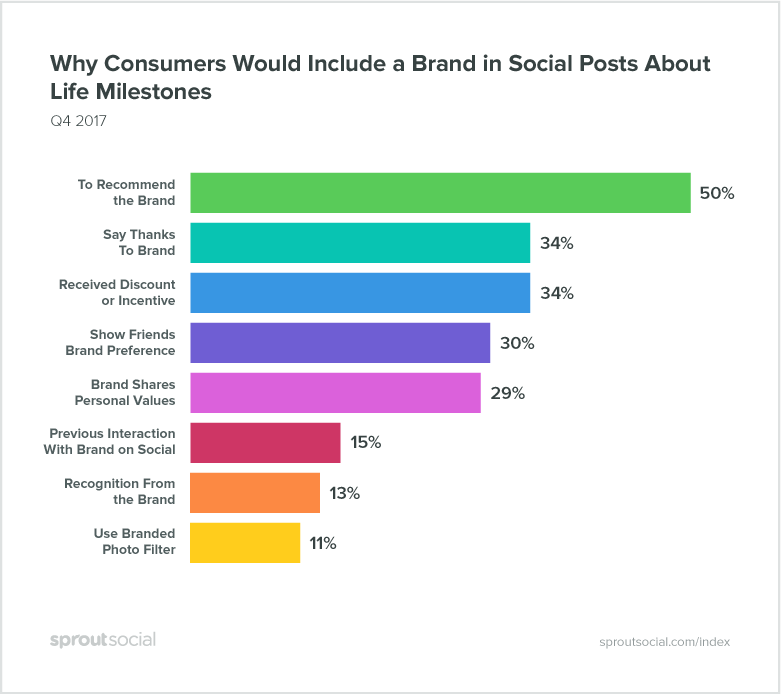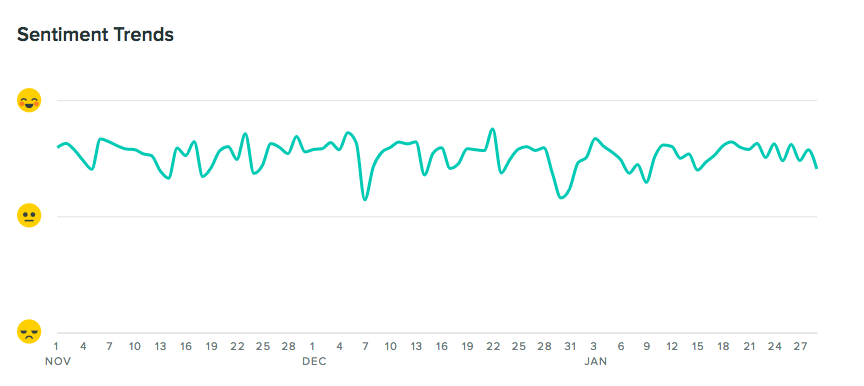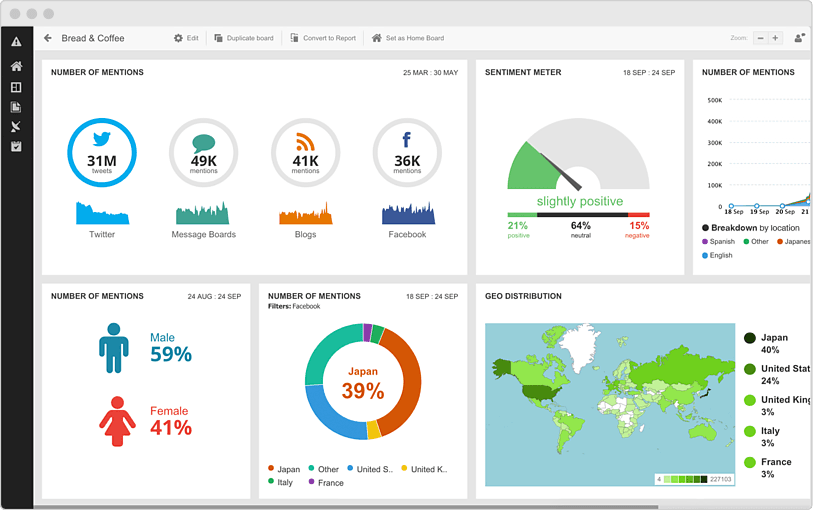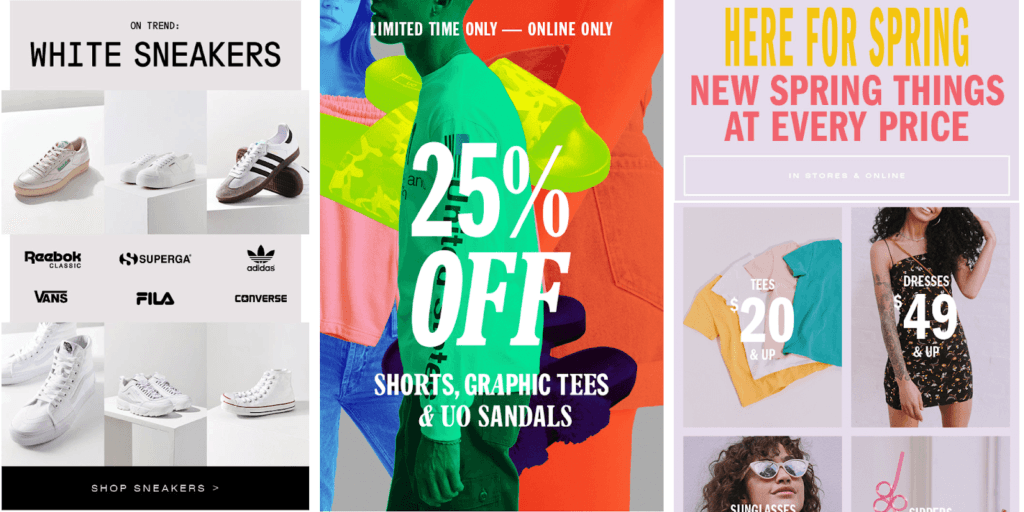How Social Listening Insights Help & How Top Brands Leverage These

Social listening is a critical component of any social media strategy because many conversations happen about your brand, as social media never sleeps.
According to Sprout Social, social listening is one of the best ways to understand the natural behavior and manner in which consumers talk about your brand.
Social listening insights can inform many different aspects of your brand, including your content, customer service, and much more.
Listening also helps you know what issues your audience cares about and figure out how you can solve them. Otherwise, you won’t be able to connect with them, help, or even influence them.
Statistics show that 50% of consumers include brands in milestone conversations for recommendation purposes; while 34% do this to thank the brand.
Another 34% do it in search of reciprocity from brands in the way of discounts or incentives.

How Does it Help?
Brands get to understand why, how, and where social conversations are happening, and what their target audiences and others think about them.
In turn, social listening insights help brands do the following:
- Form future campaigns
- Discover audience preferences based on demographics and emerging trends
- Improve on their social media and content strategies, as well as messaging
- Outpace rival brands
- Gather industry insights to generate new product or service ideas
- Construct and build effective influencer programs
- Build brand partnerships with more impact
- Identify industry thought leaders and social influencers based on post-impact or following so as to cultivate advocates for your brand
- Explore customer sentiments on specific products, topics, competitors, and more
- Find opportunities for product and service differentiation
- Track conversations around your brand to illuminate sentiment drivers and consumer attitudes
- Gain visibility into customers’ common wants and needs around your offerings
- Capture reactions to campaigns in real time and create succinct success reports
It Shouldn’t Be Confused with Social Monitoring
Social listening tells you why, whereas social monitoring reveals what.
Monitoring is about tracking and responding to all the messages sent to or about your brand, or any of your products and services.
On the other hand, social listening uncovers information on audience sentiments from aggregated data so you can make informed marketing decisions. It’s about understanding the bigger picture.
Here are some of the main strategies top brands use to find value with social listening. We’ll look at them in 8 different core use cases such as:
- Brand intelligence
- Competitive intelligence
- Industry intelligence
- Product research
- Content Strategy
- Customer Service
- Campaign insights
- Influencer marketing
#1. Brand Intelligence

Social listening helps brands identify common customer complaints, questions, comments, general sentiments around their brand, and audience demographics.
These insights can easily be shared with the rest of your team to help them do the following:
- Identify the most frequently asked questions (FAQs) and create a document around it or a chatbot to help with answering customer queries at scale.
- Identify the most common issues and work out how to solve them while creating talk tracks for faster responses.
- Find out what customers love about your brand and use this information to build powerful campaigns and content that resonates with them.
- Find out key social media fans or customers and how their traits can be used to target new audiences on social.
- Understand whether or not your brand is mentioned positively or negatively. If negatively, work out the issues internally.

Top brands use social listening insights to pivot their social strategy and drill into specifics on what went right or wrong, to do more of what’s good, or avoid the bad from happening again.
#2. Competitive Intelligence
Top brands know that social media is a competitive channel which can help them monitor every detail being said about the competition online.
Specifically, brands can:
- Get a sense of their share of the audience and understand message volumes – both theirs and that of the competition
- Understand why customers aren’t satisfied with their offerings and how they can make the experience better
- Identify content shared by the competition that outperforms their own and analyzes why these resonate with this shared audience. Data can include keywords, emoticons, hashtags and more using an SEO tracker to understand their popularity, and how they can leverage these for their own SEO campaigns
- Identify competitors’ new products or solutions and the general market sentiment towards these offerings, and then set goals to outdo them
#3. Industry Intelligence

Through social listening insights, brands can pick up on trends even before they start trending.
This helps them create content, products and messaging that will become the focal point of discussion as the trends develop. It also sets top brands ahead of the competition by leaps and bounds.
Essentially, industry intelligence helps brands:
- Monitor anything that disrupts the space that may impact their company.
- Track key issues, social or political, and weigh in on whether they’re relevant to their brand.
- Find industry gaps that a new solution, product, or workflow can solve.
- Identify FAQs to create content the audience needs and resonates with.
#4. Product Research

How do top brands infuse social listening insights with their own creativity to derive new products or solutions?
Social listening offers a jump-off point from which brands can find products or solutions that their customers yearn for.
Innovative brands identify trends and insights to drive new product development, not just monitoring social channels to identify problems or complaints.
Social insights can reveal changing consumer tastes that may inform the development and marketing of your brand’s new product offerings.
Similarly, social listening insights help brands track user sentiments across product lines, conversations around competitors and across the entire industry.
This helps them find out what their customers want, and expand those while contracting what they don’t like.
#5. Content Strategy
Your brand’s audience is likely to value and share your content if it resonates with them. However, you may not know this until you figure out conversations happening on social that show you the topics before they’re popular.
This gives top brands a leg up on the competition.
It also helps brands identify top content types, for example using an SEO tool to find out what their audiences engage with, and use these insights to build their content strategies.
By looking through common themes in the industry, brands are able to create content that resonates with their audiences.
#6. Customer Service
Social listening helps uncover trends within the issues that social monitoring handles such as customer questions.
Find the root issues among your customers helps you create better overall customer service experiences while reducing inbound complaints. The retention cost comes down as well with customers resting with you for long.
For example, spikes in messages could help uncover trends in conversations to find out what happened and work to fix it (or develop a communication strategy if the issue is out of hand).
It also helps brands identify the most frequently used hashtags and keywords that receive complaints while following the developing narrative closely.
Top brands share all this information internally and send messages to pinpoint any issues, plus exposes opportunities to surprise and/or delight fans for increased brand exposure, and loyalty.
#7. Campaign Insights
When coming up with new campaigns, top brands spend a lot of time, but this wouldn’t be possible without insights into whether or not the campaigns succeeded.
Social listening insights boost the success of brand campaigns dramatically as they follow data such as impressions, post engagement, general sentiment, top influencers, demographics, key themes, and collaborative campaigns.
It proves the value of the brand’s marketing campaign while capturing all conversations around your hashtags or handles to offer insights into several metrics.
These insights can be broken down further by content/message type, network, sentiment, age, and gender.
#8. Influencer Marketing

Finally, top brands use influencer marketing to promote and sell products via individuals that can drive action from their target audiences.
This phenomenon is increasing in popularity especially with the rise of social media celebrities.
Knowing all major influencers in your industry may not be possible, but you may know the cost of getting your message out through these individuals.
Organizations that have small marketing budgets may opt for micro-influencers, which is also becoming increasingly popular, and are more niche to their industry.
Ideally, top brands do the following for effective influencer marketing:
- Identify current top influencers and empower them to continue advocating for their brands
- Identifying top influencers working with the competition and attempt to win them over
- Working out the best networks for influencer marketing
- Creating more content for identified social networks
Wrap Up
Social listening insights create a wide space for brands to improve in many different ways. They also get to measure the results of their efforts, while understanding how to improve customer satisfaction, and growing sales and revenue. With that said, it all comes down to how well you utilize these insights to organizational growth. Merely collecting and monitoring isn’t enough.
This is where top brands lead the way!









